State-of-the art drones and lasers are being used together for the first time in the UK to improve Scotland's sewers and are helping Scottish Water to reduce its carbon emissions.
A combination of hi-tech drones and laser technology adapted for use in the waste water Industry is being deployed by the utility to survey sewers for potential problems by flying the drones inside them, often to parts of the network that traditional surveying methods can't reach.
Using the new techniques will enable the water company to more accurately assess the sewers' condition and make key decisions about investment in maintenance or rehabilitation work to improve them.
This will, in turn, make the sewers more resilient, improve Scottish Water's service to customers, and reduce the risk of leaks, collapses and environmental pollution.
Replacing teams of up to 15 workers with just two operatives using drone and Light Detection and Ranging (LiDAR) scanning and measurement techniques will also reduce carbon emissions from sewer surveys by as much as 80%, helping Scottish Water towards its target of reaching Net Zero Carbon emissions by 2040.
In a move which uses bespoke drones to fly into sewers, effectively replacing workers in challenging and dangerous underground conditions, the innovative application of the two technologies will enable Scottish Water to survey its network of more than 33,000 miles of sewers more accurately.
The more accurate surveys will cut the cost of repairs and maintenance, reduce the risk of flooding and pollution, improve the utility's ability to target investment, and enhance workers' safety.
Many of the sewers, some dating back to the Victorian era, have previously been difficult to access but much more of the network is now reachable following the collaboration between Scottish Water, its alliance partner Caledonia Water Alliance (CWA), civil engineering trenchless specialist Environmental Techniques and drone manufacturer Good Friday Robotics.
The adapted technology was used together for the first time on a large brick sewer in Bath Street in Glasgow city centre in July and is set to be rolled out and used at other locations in Glasgow, Edinburgh, Aberdeen and some rural areas.
Sewer inspections, which seek to identify issues such as cracks, holes, partial collapses, infiltration, and root ingress, are needed to enable Scottish Water to make decisions on investment and the earlier any repairs and maintenance work is carried out, the lower the costs are to the company.
With the aim of improving sewer surveys and making them safer by reducing the number of workers needed to go below ground, Environmental Techniques, which provides trenchless drainage inspection, cleaning, and rehabilitation services to the water industry, have developed the drones and associated software with CWA and Good Friday Robotics.
The drones and LiDAR provide substantially better video quality, defect confirmation and location accuracy than traditional techniques.
LiDAR is a laser scanning tool that measures distances and the associated software creates an accurate computerised 3D point field output which can be viewed on-screen. The drone carries the LiDAR and camera onboard as it flies inside the pipe.
A worker controls or pilots the drone as it flies along the pipe and uses video for visual inspection and LiDAR for measurement. The outputs are then manually reviewed by operators to spot and code the defects.
The drones were adapted specifically for sewers and are made of carbon fibre to reduce their weight and extend battery life.
As we are working efficiently using this technology we are making significant carbon savings by not using any plant and people resources unnecessarily. Those who would have been doing these surveys in a traditional 'worker-entry' way will be redeployed to other tasks where we can still use their skills.
Iain Jones, Risk and Life Cycle Planning Manager at Scottish Water, said: "This is the first time we've used drones adapted for sewers and LiDAR together for sewer surveys and we are really excited about it.
"We want to improve the accuracy of our surveys and, for safety reasons, we want to reduce the number of workers needed to carry out survey work inside sewers. The drone does both and they will also help us in our aim to reach net zero carbon emissions by 2040.
"Factors such as depth, flows and debris can significantly slow down a worker entry survey in a way that does not affect the drones.
"Because of the reduction in the number of workers involved, a large number of site vans and vehicle deliveries are not required and so carbon emissions are reduced."
Shauna Herron, Director of Environmental Techniques, said: "We're delighted to be working with Scottish Water, CWA and Good Friday Robotics on the adaptation of these cutting edge technologies to help maintain and improve the network of sewers under the streets of our cities and towns. The fact that it will also improve workers' safety and reduce carbon emissions is really important."
The Pipeline Industries Guild in July awarded the Utility Pipeline Technology Award 2022 to Environmental Techniques, Caledonia Water Alliance, Good Friday Robotics and Scottish Water for their collaborative work on what was called Drone Project Elida - adapting drones for advanced, safer sewer surveys.
The team have also been nominated for the British Construction Industry Award for Innovation 2022 – the equivalent of the Oscars for the construction industry - in October.
Construction News
29/09/2022
Drones And Laser Tech Help Scottish Water Improve Sewer Network
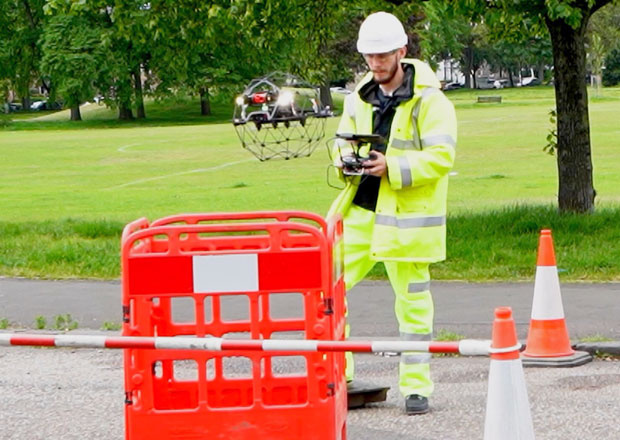
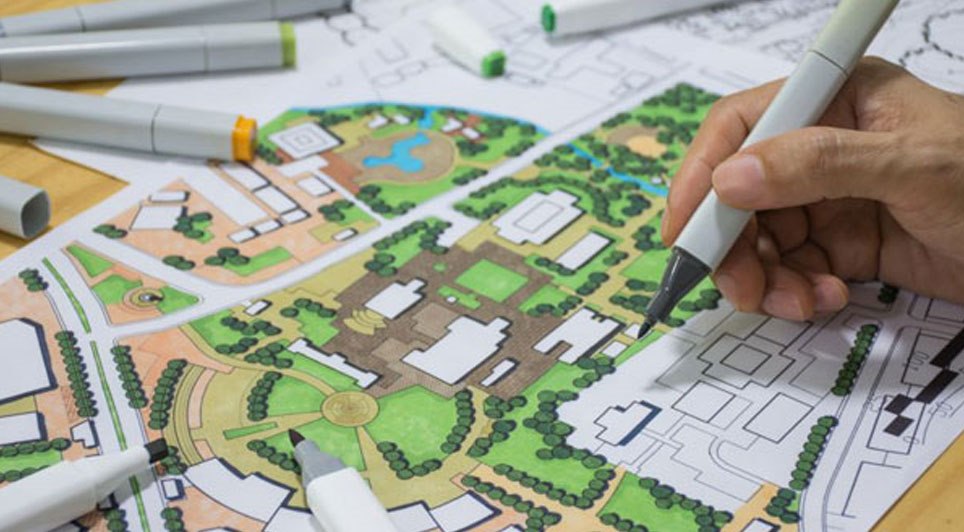
16/04/2025
Construction work on the £5 million repair and refurbishment project at the Loch Centre in Tranent is scheduled to commence in June 2026.
East Lothian Council has announced the anticipated start date for the significant upgrade to the well-used community facility.
Under the current timetable, the
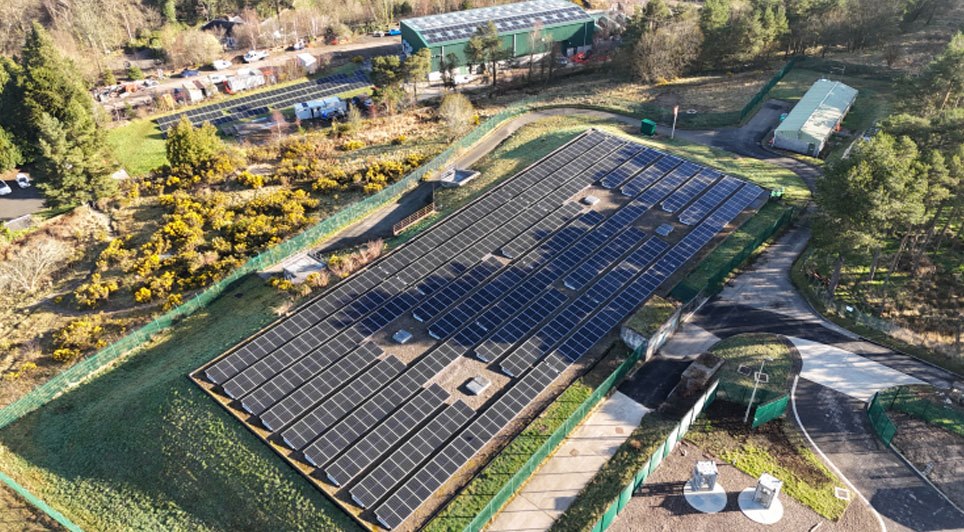
16/04/2025
A £636,000 project to install solar panels at the Gorbals water pumping station in South Ayrshire has been successfully completed.
The scheme aims to provide a renewable energy source for pumping water to thousands of customers in the region.
The project involved the installation of 793 solar pan
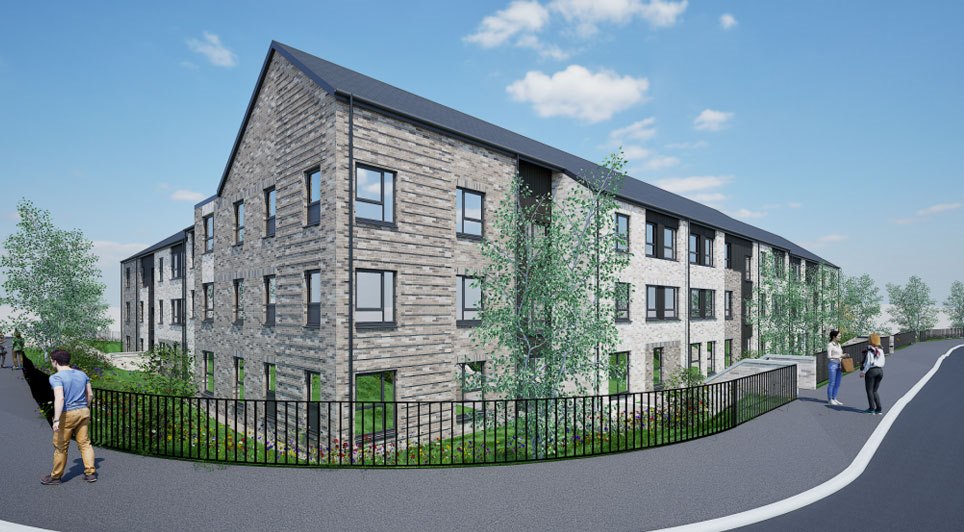
16/04/2025
A planning application has been lodged with Glasgow City Council by The JR Group, acting on behalf of Wheatley Group, for the construction of 29 much-needed affordable homes in the Baillieston area of the city.
The proposed development on Caledonia Road will offer a mix of one- and two-bedroom apa
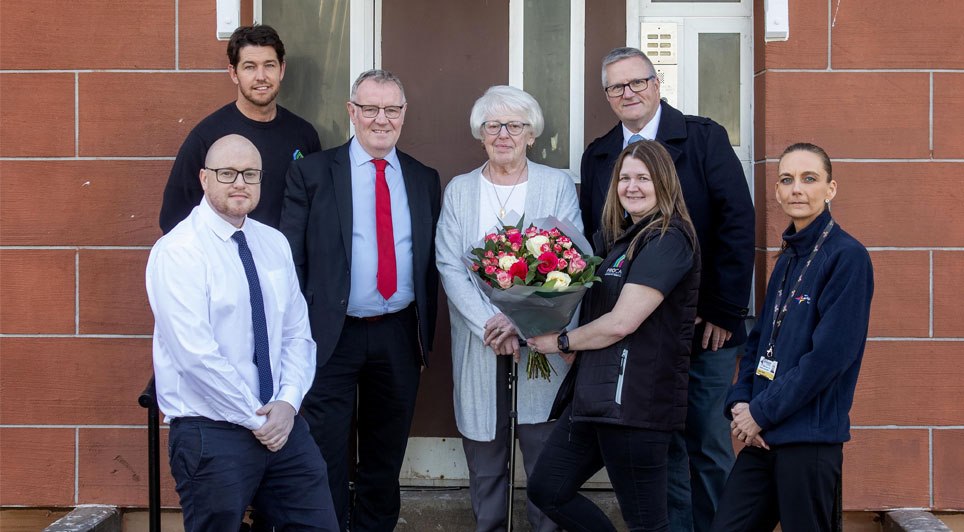
16/04/2025
Residents in 20 blocks of flats across Coatbridge are already experiencing the positive impacts of a recently completed, ambitious energy efficiency refurbishment project.
The extensive construction work has delivered significant improvements to the properties, including the installation of cavity
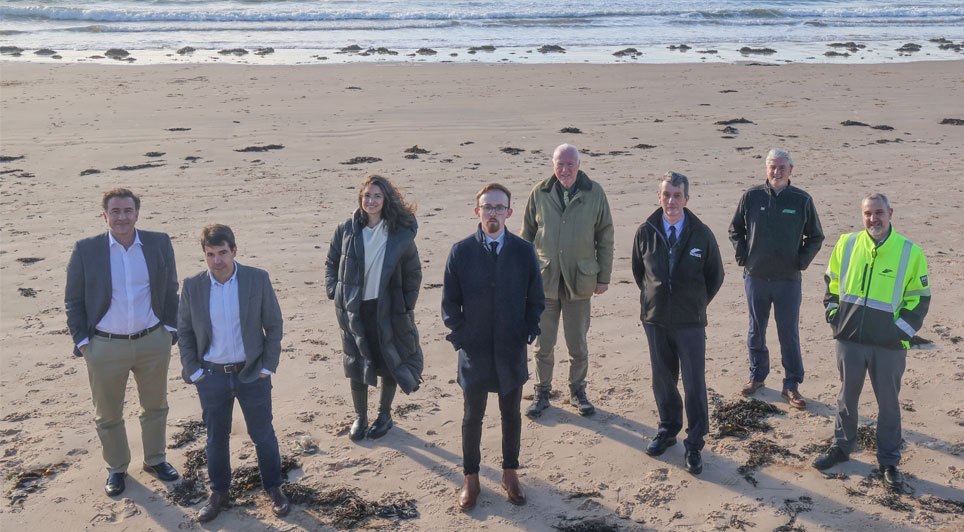
16/04/2025
Ground investigation works are commencing this month at the proposed site for Orkney Islands Council’s Scapa Deep Water Quay at Deepdale in Holm.
These initial investigations will be followed by marine-based site investigation works scheduled to begin in June.
These works form part of the Pre-Con
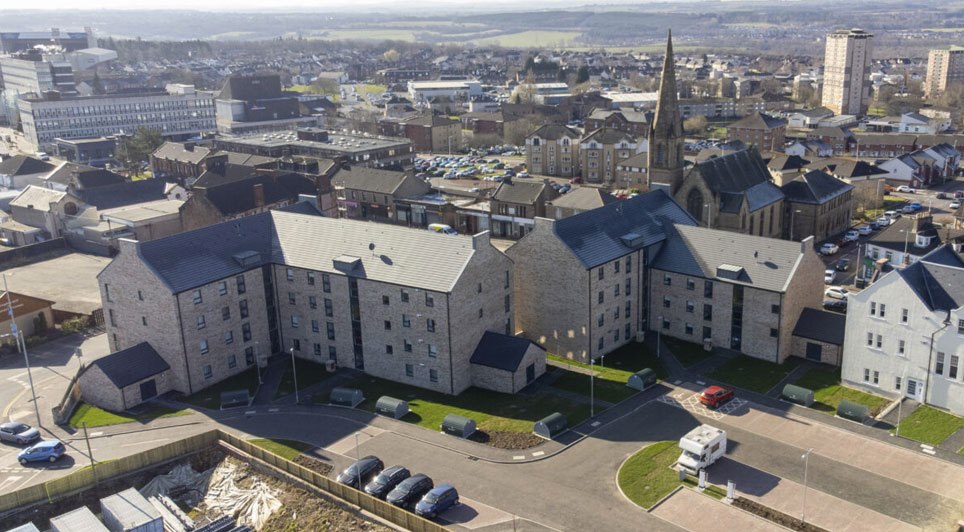
16/04/2025
Construction work has been finalised on a significant new housing development in Motherwell town centre, delivering 42 newly built, highly energy-efficient flats alongside the respectful conversion of the B-Listed YMCA building into a further six homes. The project, part of North Lanarkshire Council
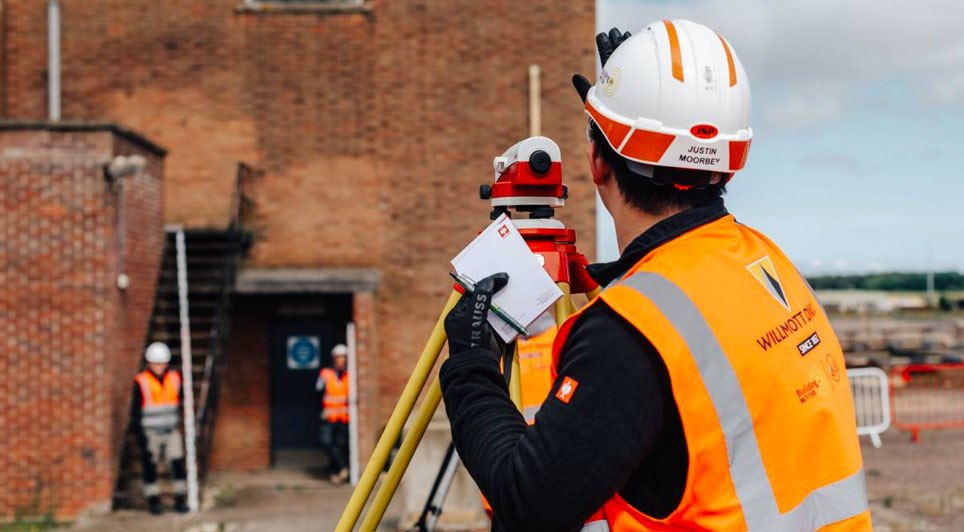
16/04/2025
The Construction Industry Training Board (CITB) has today released its year-end performance data for its New Entrant Support Team (NEST), revealing a significant increase in apprenticeship starts. During the financial year 2024-25, NEST supported 4,128 individuals in commencing apprenticeships, a su
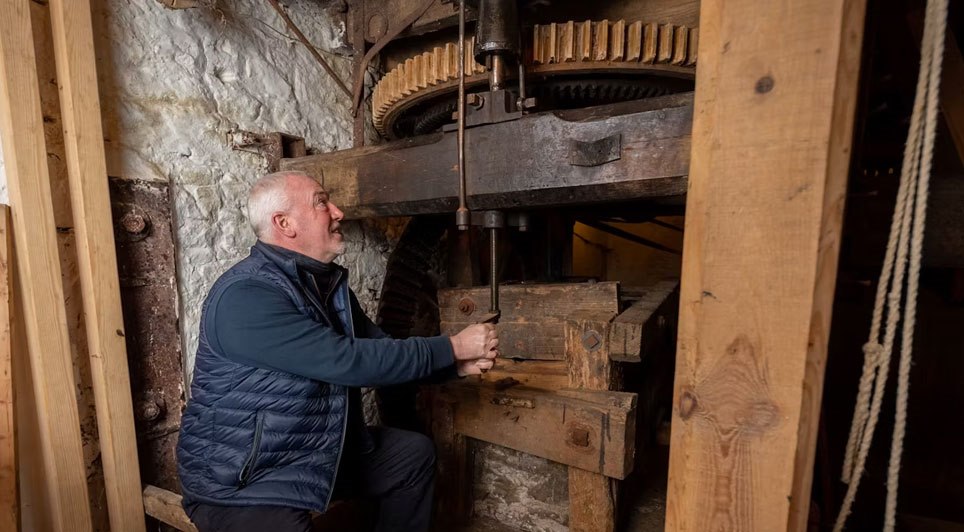
16/04/2025
A water-powered mill in Angus is set to grind grain once again after receiving a record-breaking donation to fund its restoration.
The National Trust for Scotland has announced that a long-time member of the conservation charity has gifted an incredible £2.4 million, one of the largest single dona
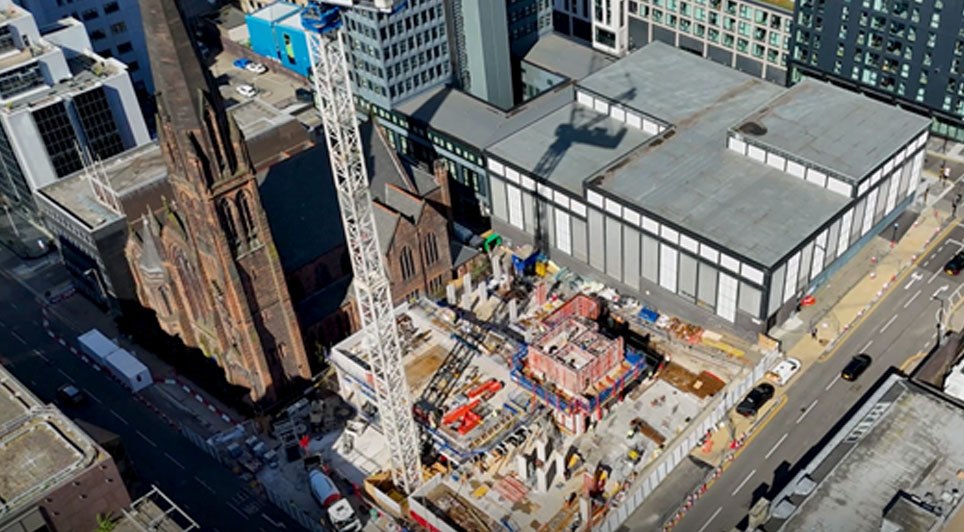
15/04/2025
Construction of a £70 million student accommodation development at 292-298 St Vincent Street in Glasgow has reached a significant milestone, with the building now visibly rising from the ground.
Drone footage has captured the progress of the project, which is a partnership between developer Artisa
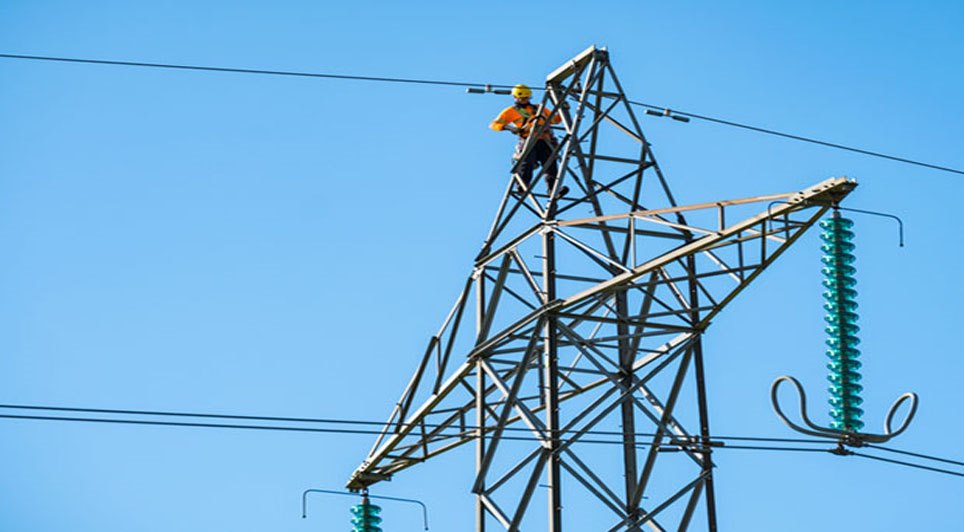
15/04/2025
Energy regulator Ofgem is expected to confirm today (April 15) its finalised Connections Reform process, designed to expedite grid connections for renewable energy projects that are ready and crucial for achieving the UK's clean power targets for 2030 and beyond.
The new connections system, anticip
 Scotland
Scotland UK
UK Ireland
Ireland London
London











